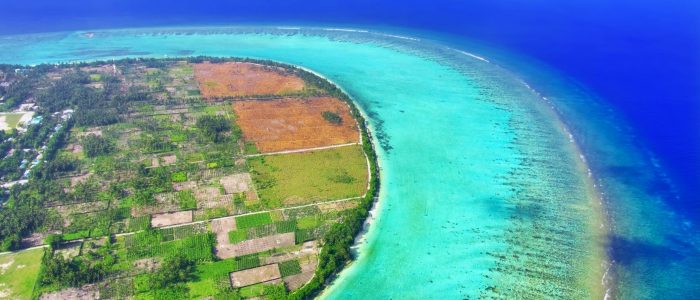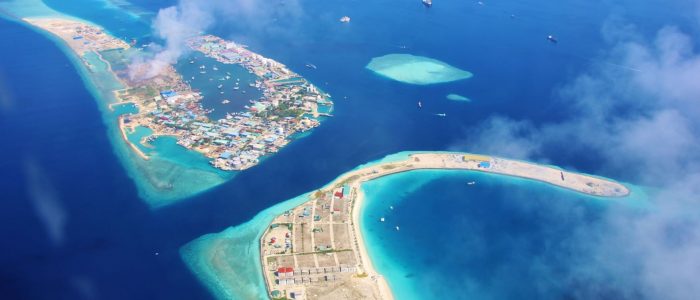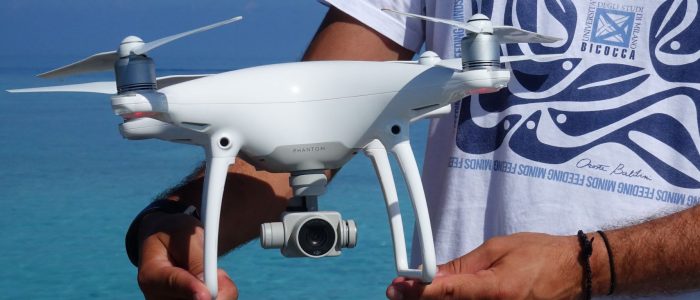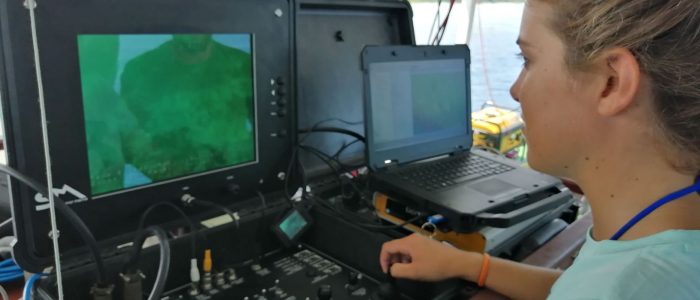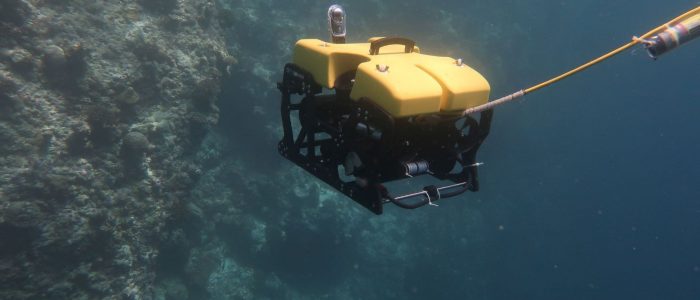GIS and Photogrammetry
Worldwide, many regions are undergoing rapid, wide-ranging changes in land use and land cover (LULC). Rural to urban land conversion through development is occurring at a rate unprecedented in recent history and is having a dramatic effect on natural ecosystem functioning. Land-use/land-cover change (LULCC) is significant to a range of themes and issues central to the study of global change, representing a crucial challenge that nature ecosystems have to deal with in this century. LULCC deeply influences indeed biotic diversity through habitat fragmentation and biodiversity loss having an important and extensive effect on climate by altering the distribution of ecosystems and their associated energy fluxes. In tropical coastal regions, fragile marine coral reef ecosystems, already threatened by increasing carbon dioxide, are exposed to an increased load of terrestrial sediment, nutrients, and other pollutants that compromise the resistance of corals to thermal stress and their potential to recover from bleaching events.
The paucity of LULC data leaves Remote Sensing as the only practical means of providing complete, accurate, quantitative, and cost-effective time-series data for systematic mapping and monitoring of spatial and temporal LULC dynamics using image processing and Geographic Information Systems (GIS). Because historic archives of remotely sensed data offer the opportunity to analyze historical LULC changes, the geographic pattern of these changes in relation to human factors can be evaluated.
